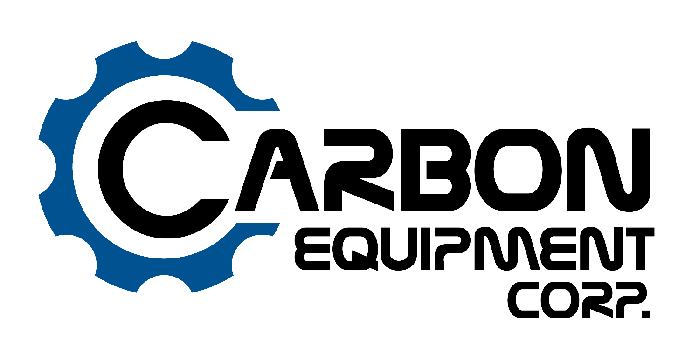Equipment Rental Overview
What is the formula for equipment rental?
The formula for calculating equipment rental costs typically involves several factors, including the rental rate, the duration of the rental period, and any additional fees or charges. Here is a basic formula for calculating equipment rental costs:
Total Rental Cost = (Rental Rate per Unit) x (Number of Units) x (Duration of Rental) + Additional Fees
- Rental Rate per Unit: This is the cost per unit of equipment rented, such as per hour, per day, per week, etc.
- Number of Units: This refers to the quantity of equipment units rented.
- Duration of Rental: This is the length of time for which the equipment is rented, usually measured in hours, days, weeks, or months.
- Additional Fees: This includes any extra charges such as delivery fees, setup fees, fuel surcharges, or taxes.
To calculate the total rental cost, you multiply the rental rate per unit by the number of units and the duration of the rental, then add any additional fees or charges.
Keep in mind that the specific formula and rates can vary depending on the rental company, the type of equipment rented, and the rental terms agreed upon. It’s always best to consult with the rental provider for accurate pricing information.
What are the margins on equipment rental?
The margins on equipment rental can vary widely depending on factors such as the type of equipment, market demand, competition, and operational costs. However, in general, equipment rental businesses aim for profit margins that allow them to cover their costs and create a reasonable return on investment.
Profit margins in equipment rental businesses typically range from 10% to 50% or more, but this can vary significantly based on various intricacies. Here are some essential components that can change equipment rental margins:
- Type of Equipment: Different types of equipment may have different rental rates and profit margins. For example, specialized or high-demand equipment may command higher rental rates and generate higher margins compared to more common equipment.
- Market Demand: Equipment rental margins can be influenced by market demand. During periods of high demand or in regions with limited competition, rental businesses may be able to charge higher rates and achieve higher margins.
- Competition: The level of competition in the rental market can impact margins. In highly competitive markets, rental companies may need to keep their rates competitive, which can affect margins.
- Operating Costs: The costs associated with owning, maintaining, and operating rental equipment can impact margins. These costs include equipment depreciation, maintenance and repair expenses, insurance, storage, personnel wages, and administrative costs.
- Rental Terms and Conditions: The terms and conditions of rental agreements, such as rental duration, payment terms, and additional fees, can also influence margins. Longer rental periods or additional services (e.g., delivery, setup, training) may contribute to higher margins.
It’s important for equipment rental businesses to carefully analyze their costs, market conditions, and pricing strategies to attain healthy profit margins while remaining competitive in the industry.
If you’re interested in equipment rental in the NYC area, please contact Carbon Equipment by clicking here.


